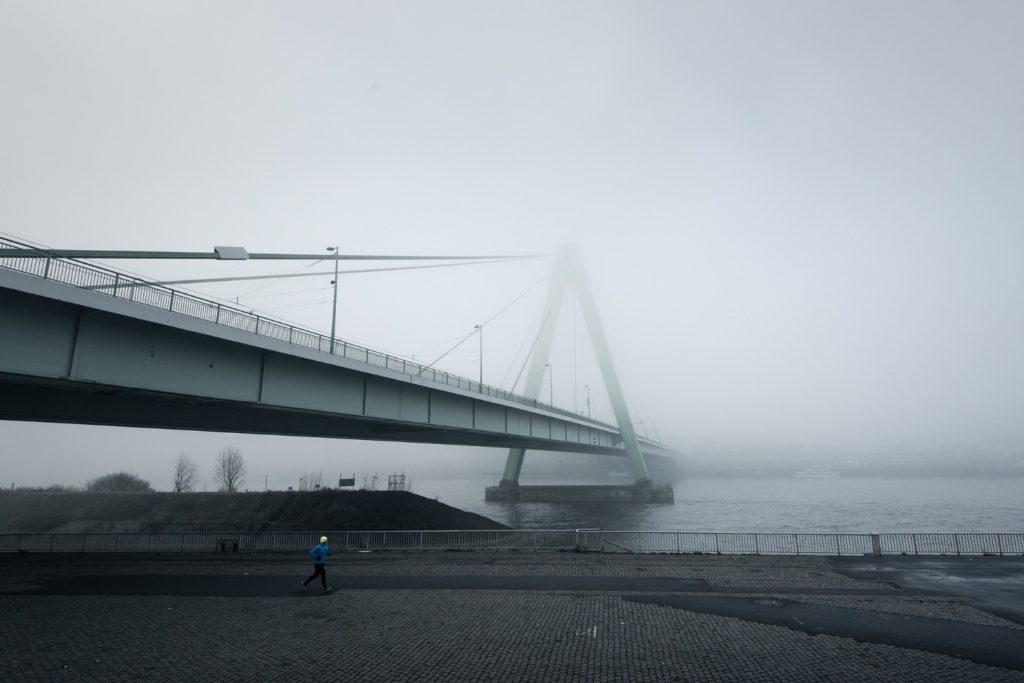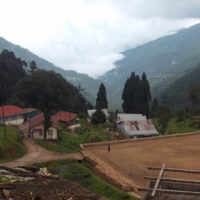DELHI – Indian officials opened the new Signature Bridge in Delhi on November 4th. The bridge is India’s first asymmetrical cable-stayed bridge. Although inaugurated and opened for traffic, construction to complete the bridge will continue for another three months.

It has taken 14 years to complete the structure that spans the Yamuna river, but the wait will be worth it for many New Delhi’s commuters, dramatically reducing travel time by as much as 35 minutes for those who travel between the northeast and inner parts of the city.
The 2,200-foot, eight-lane bridge will also be touted as a tourist attraction and has already been dubbed ‘India’s Eiffel Tower.’ When complete, the bridge will offer a glass-enclosed viewing platform at a height of 505 feet from which tourists will have a spectacular view of the city. Four elevators will carry visitors to the viewing station and back.
The Signature Bridge will be open continuously for its first week. Once the inaugural week has passed, the bridge will be closed between 11:00 pm and 5:00 am daily to permit workers unimpeded time to complete the finishing touches before March 2019.
The structure is comprised of 10-inch-thick steel plating and 127 strands of back-stay cables. It includes spherical bearings having 17,300 tons of vertical capacity, a pendulum that can withstand an uplift of 6,300 tons, and a 460-ton pylon. The bridge, originally scheduled to be completed before the 2010 Commonwealth Games, came at a cost of more than $270 million USD.
One of the expected benefits of the reduction of travel time for commuters is a reduction in air pollution. Ironically, the overall Air Quality Index (AQI) on November 4th was the most severe it has been all season at a level of 434.
| Air Quality Index | Rating |
| 0-50 | Good |
| 51-100 | Satisfactory |
| 101-200 | Moderate |
| 201-300 | Poor |
| 301-400 | Very Poor |
| 401-500 | Severe |
Thirty-five areas of Delhi recorded conditions of ‘very poor’ or ‘severe.’ The poor air quality is expected to reach as high as 575 in the immediate week ahead. Although the particulate matter in the air has increased due to the smoke from burning crops, the reduced exhaust emissions of thousands of cars driving an hour less per day should have a favorable impact, improving air quality in the Delhi area.
To read more news on Delhi on Missions Box, go here
Sources:
- Hindustan Times, Delhi’s iconic Signature Bridge opens today: 5 interesting facts to know
- The Indian Express, On Day 1, Signature Bridge doubles as tourist spot, viewing gallery by March
- India Today, Delhi’s Signature Bridge inaugurated: 8 facts about the bridge twice the size of Qutub Minar
- Hindustan Times, ‘Delhi’s Eiffel Tower’: Signature Bridge inaugurated, opens to public tomorrow




